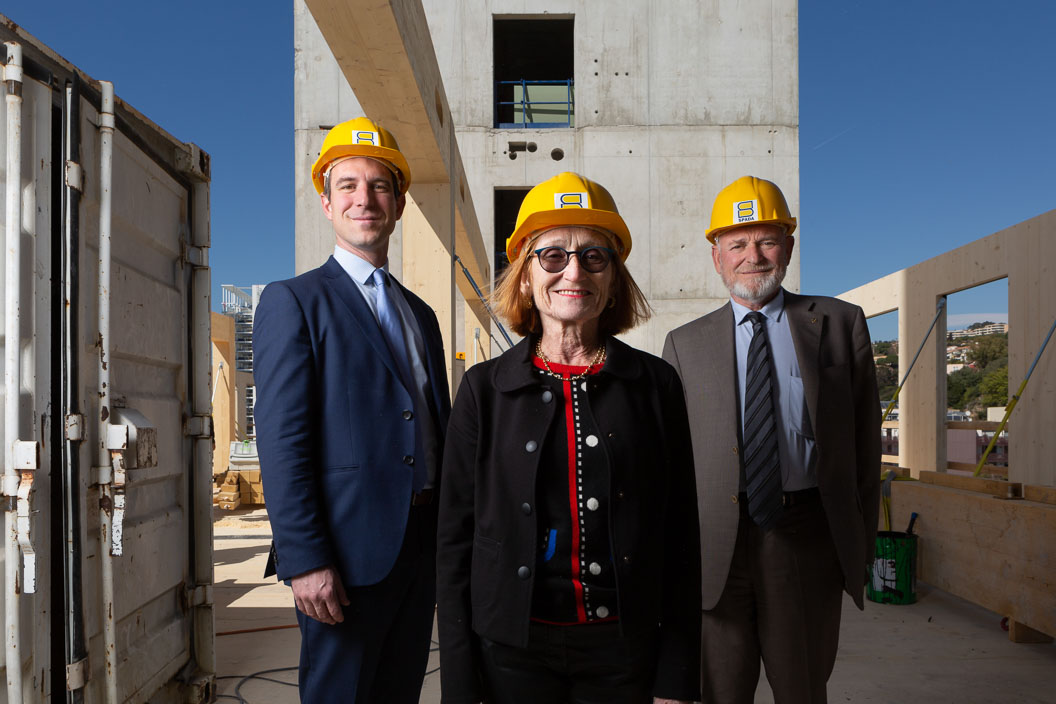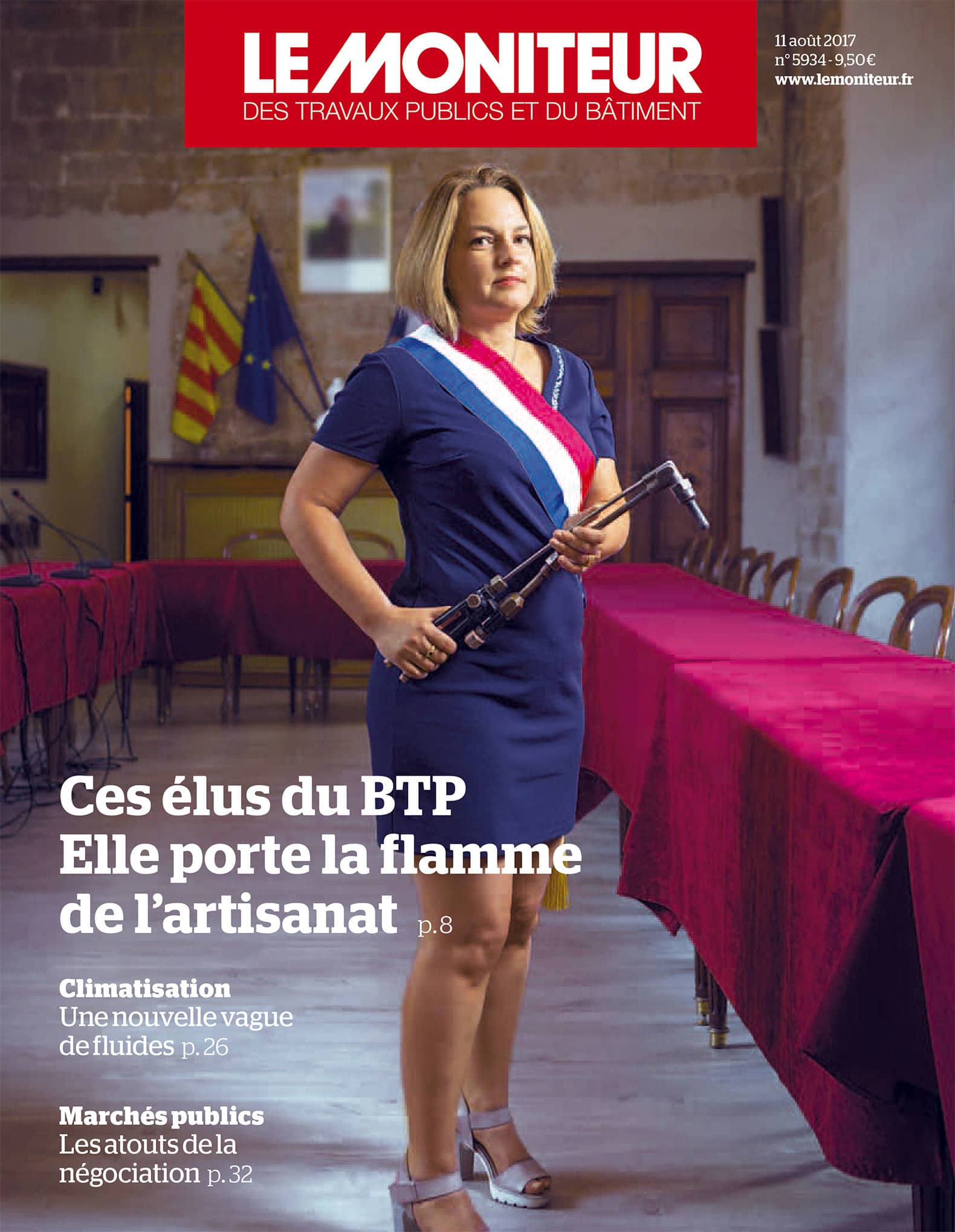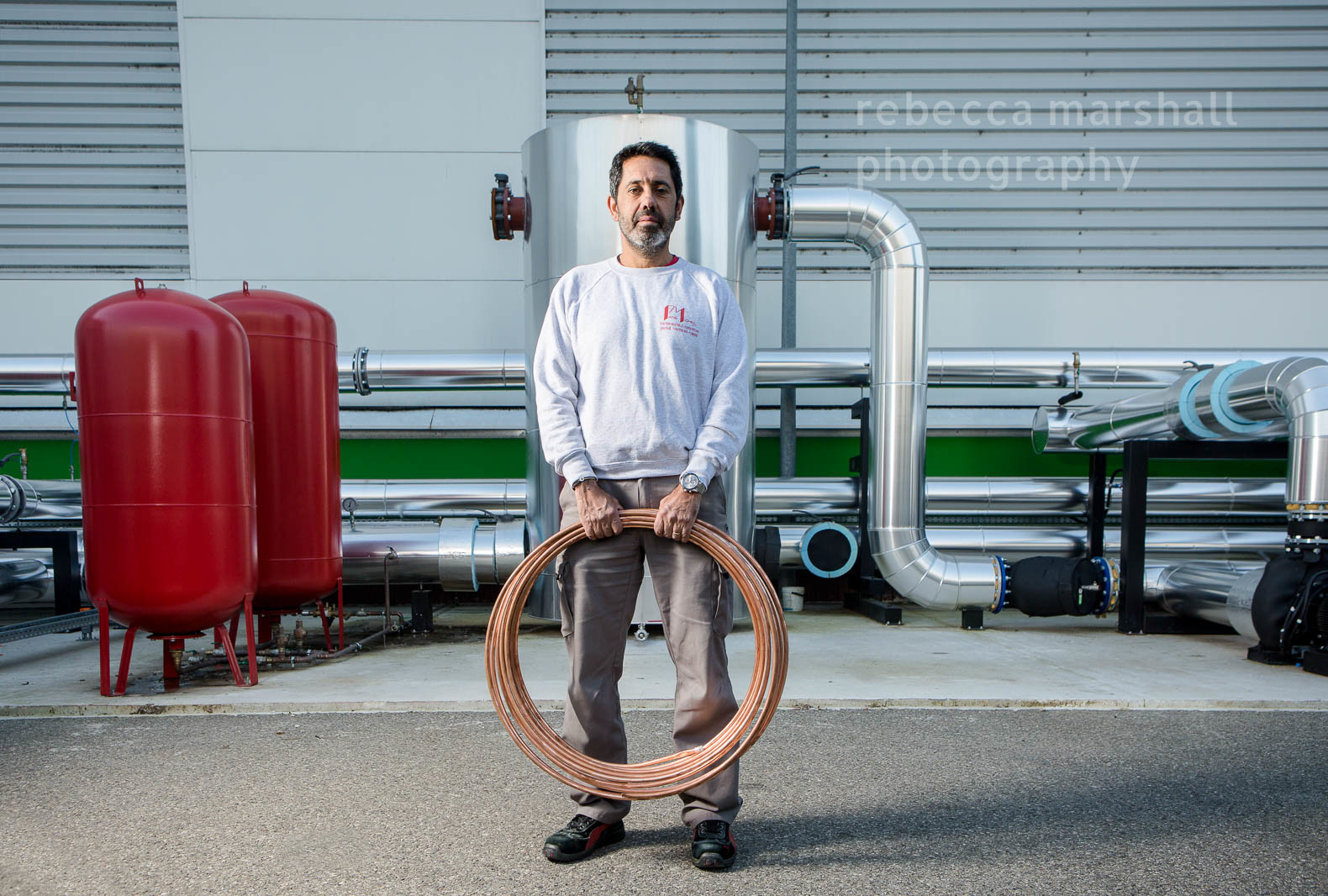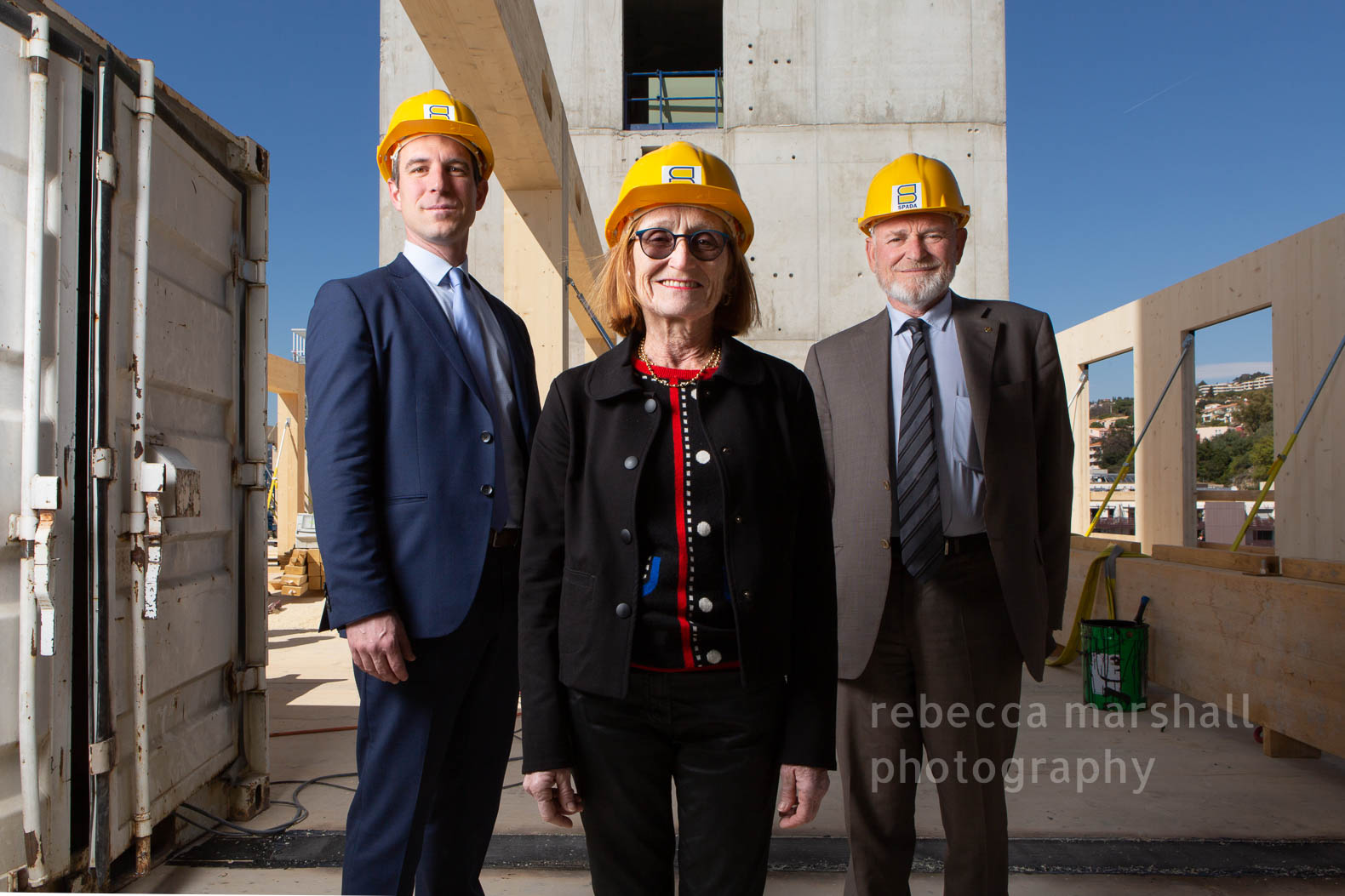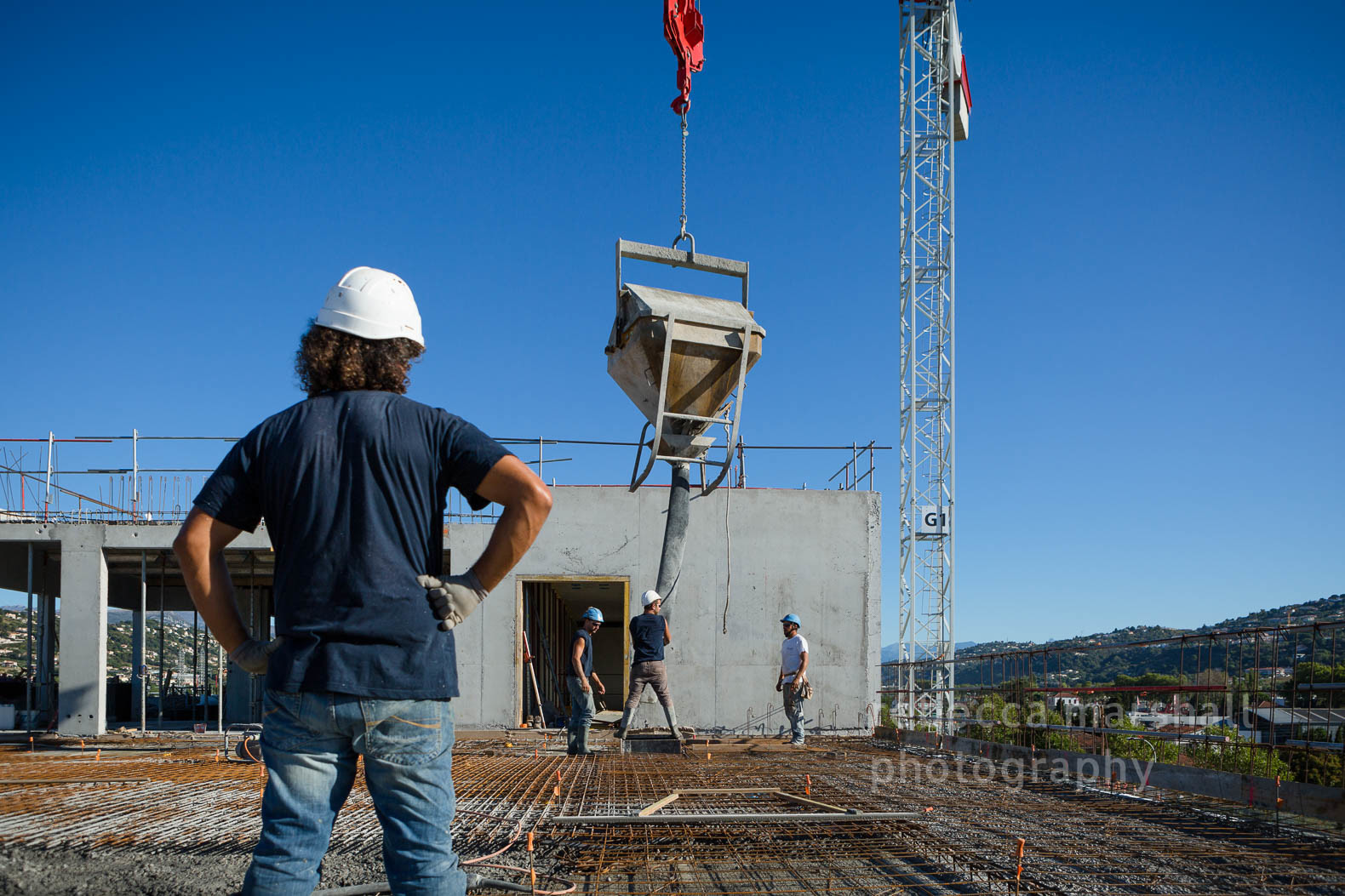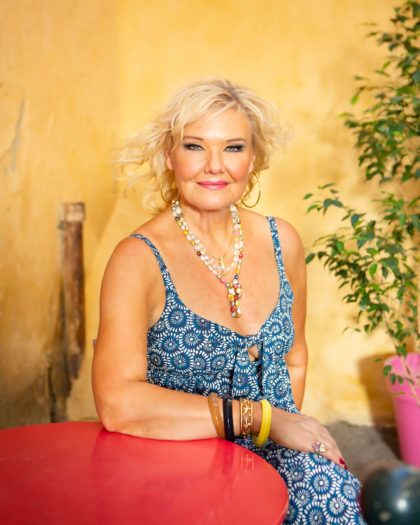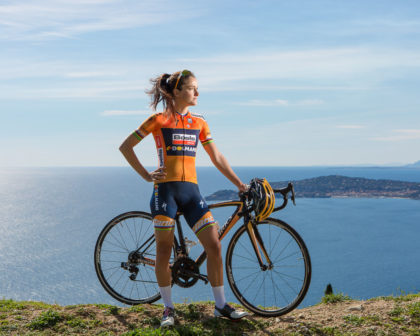I am often commissioned by international magazines to take the portrait of a Certain Somebody, known in their country, who either lives or is holidaying in the South of France. Working for Le Moniteur du BTP is rather different. This Paris-based magazine often needs a photographer in Nice, Grasse or Cannes, but they do not publish features for the general public. Le Moniteur is the go-to reference for France’s large-scale building sector. Rather than taking my environmental portraits in a quintessential French Riviera or Monaco setting, I shoot in building sites and factories. Instead of a sports star or a Cannes Film Festival jury member, I photograph plumbers, demolition experts, local politicians, waste management contractors and engineers.
Keeping it in the family
Perhaps it is the construction business, or perhaps it is a South of France thing, but a disproportionate number of the companies I have been assigned as photographer to cover for Le Moniteur are family businesses. This means that the portrait of the founder of a rising star building company in France can actually be a portrait of two, or even three, people (read about the making of a dual portrait here).
The multi-person portrait I was due to take at prize-winning piping specialists Patie Michel turned out not to be. Thierry Patie’s brother didn’t show up, their father and company founder had long since passed away and his sister was too busy to pause for breath – let alone a portrait -, so in the event, I photographed Thierry with only a coil of copper pipe for company (see above). Yet the 3 Mario brothers (I didn’t spend long enough with them to know whether they deserve ‘super’ in front of their surname), fourth generation bosses of construction company Valtinée, turned up in force to another shoot. They happily assembled in hard hats at the construction site of Nice football club’s new training centre. And a few weeks ago, I made a portrait of the Noiray family (son, father and aunt), whose SPADA Construction celebrates nearly 100 years on the Cote d’Azur, at the top of what will be the tallest timber-framed office building in France.
Dangling on a wire
I repeat: at the top of what will be the tallest timber-framed office building in the country. This wasn’t the first time that I’d worked at the top of a high-rise building, but when a high-rise is under-construction, it presents a visiting photographer with a rather unique set of challenges.
Firstly, there is the question of lifts. There aren’t any. Carting heavy bags of camera and lighting equipment up several flight of stairs is no joke. Yet, as I’ve discovered, it is better that there is no lift at all, because if there is one thing worse than no lift in a half-built high-rise, it is a builder’s lift. I found myself in one once when photographing the construction of Monaco’s tallest tower (in particular, its penthouse) for the New York Times. As I was donning my hard hat beforehand, I’d thought it odd that the writer I was working with had suddenly changed colour and disappeared, mumbling something about an impromptu interview. Then I was escorted to the ‘lift’, and I understood. Running up the outside of the tower’s 49 floors, it could only be described as a small cage dangling on a wire. In some sort of fold-out design (yes, think origami), the floor, walls and ceiling consisted simply of empty air with a few wire rods criss-crossed together. There was nothing to hold onto (the side panels all being push-open ‘doors’), and the moments we spent ascending, swinging gently in the wind, were enough to make my body shake uncontrollably for some time.
That day was not especially windy, fortunately, but even a mild breeze at the top of a partly-built high-rise feels exaggerated. Not only is wind at a building site generally laden with dust (not a photographer’s friend at the best of times, and the combination is particularly vicious when working with studio-style flash equipment), but also, when atop a tower, big gusts of wind can be especially disconcerting to the vertigo-prone. The floors of tower blocks go up before the walls, and while some sites have temporary railings to prevent any unfortunate topplings, others just have red-and-white tape to remind people not to take another step. This is probably an effective technique for construction workers used to heights and what is happening on-site, but not necessarily for a photographer who is backing away from a portrait subject to get a slightly wider angle.
Then of course there are a multitude of other hazards: dozens of builders wandering around with power tools and sheets of sharp metal, wet concrete all over the place and cranes that creep up from nowhere and suddenly dump a steel girder alongside. While a hard hat might minimise injury if you happen to be in the wrong place at the wrong time (I remain skeptical when it comes to descending steel girders), I generally take mine off anyway, as it makes it nigh-on impossible to hold a camera to one’s eye.
Dust storm and a blow torch
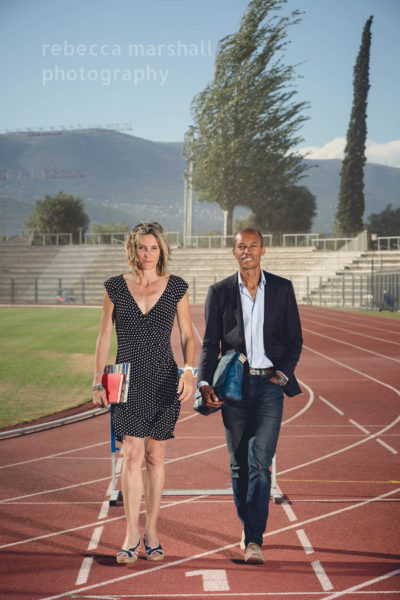
Test shot of athlete-turned-property-developer Stéphane Diagana and partner Odile amid Sirocco dust storm
I thought I’d have my feet firmly on the ground when Le Moniteur asked me to take a cover portrait of ex-world-champion-hurdler-turned-real-estate-star Stéphane Diagana and his partner Odile at an athletics stadium. But even then, I wasn’t entirely right. The Sirocco, a wind from Africa that occasionally blows on the French Riviera, hit Nice that day. Red with the fine dust it brings all the way from the Sahara, it seemed to approach hurricane force and peaked around the time of my portrait shoot. Sports stadiums aren’t exactly sheltered places and it was all credit to Stéphane and Odile’s tenacity and professionalism (and my assistant David, clinging onto my flash and umbrella for dear life) that we managed to get anything usable amid the tempest-like conditions and the red haze.
Still, I’m glad to say that conditions when I work for Le Moniteur are not always tough. On assignment for another cover, I had the pleasure of meeting and photographing Valérie Copin (top). Both deputy mayor of Grasse and the boss of plumbing company Coplomb, Valerie’s energy and success handling both roles was striking (smoothly managing a company full of men on one side and effortlessly navigating the protocol and profusion of red tape at the heart of France’s civic society on the other, commands my admiration). We had a fine time in the town hall’s comfortable, clean and windless council chamber, combining (as per the photographer’s brief) plumbing equipment – in particular, a rather impressive giant blowtorch – with the smart attire and ceremonial ribbons of a French mayor.
Underground valley
Last week, I was back to a windy building site for my latest project for the magazine. Nice Pléiade et Odyssée is a giant new residential complex, situated in Nice’s new ‘eco-quarter’. Designed by France’s cherished contemporary architect Jean Nouvel, who has a thing for ”façades végétalisée” (plants draped on the outside of concrete buildings), the two high rise blocks are all about greening up the city. I had been assigned to make a portrait of the project’s landscape architects, Agence Faragou.
It came as no surprise that this would be a father-and-son portrait. I balked on arrival at the number of unfinished floors on the sprouting tower blocks, but this time, instead of going up, we headed downstairs. The centrepiece of Alain and Cesar Faragou’s design was to be found underground: a ‘vallon obscur‘ [small, dark valley]. Inspired by the steep gorges that can be found north of Nice, which, over millions of years, were carved out by rainwater from rock made of the sand and pebbles of the Var river, this artificial vallon obscur was created in the space of a few months in the residence’s carpark. Offering a curvy, dark space (in which to throw cigarettes or drinks cans, judging by the builders’ example) and a little view of the sky, it made for an interesting spot for a portrait. Le Moniteur hasn’t yet published the article – so watch this space for pictures.
